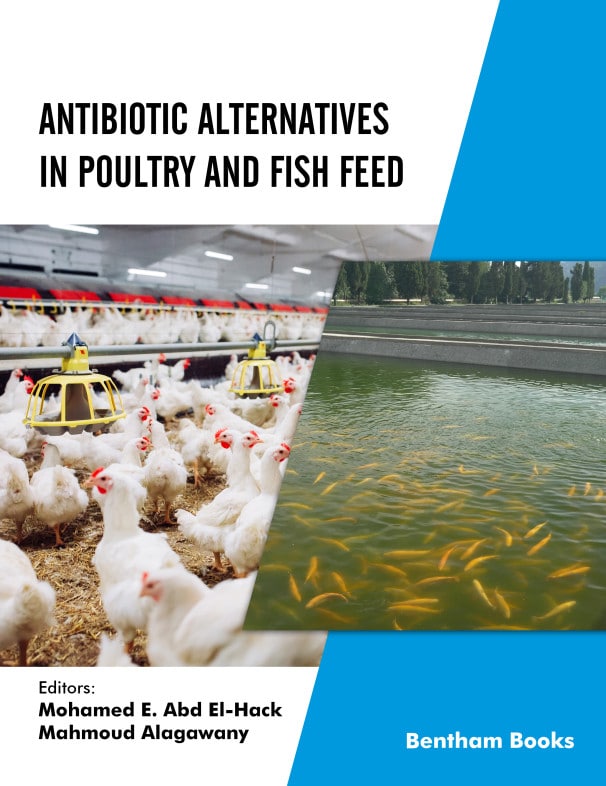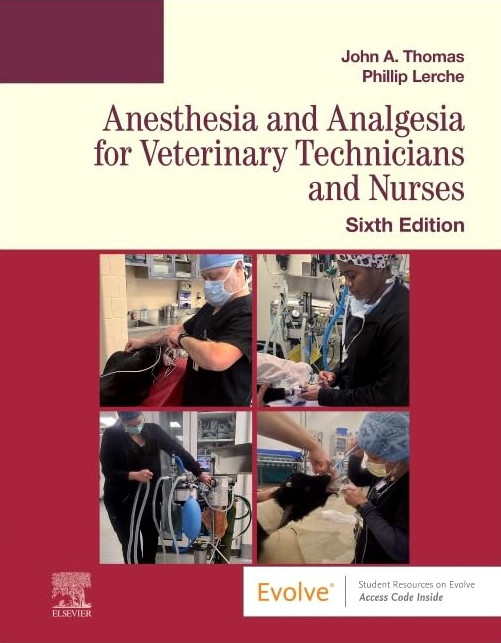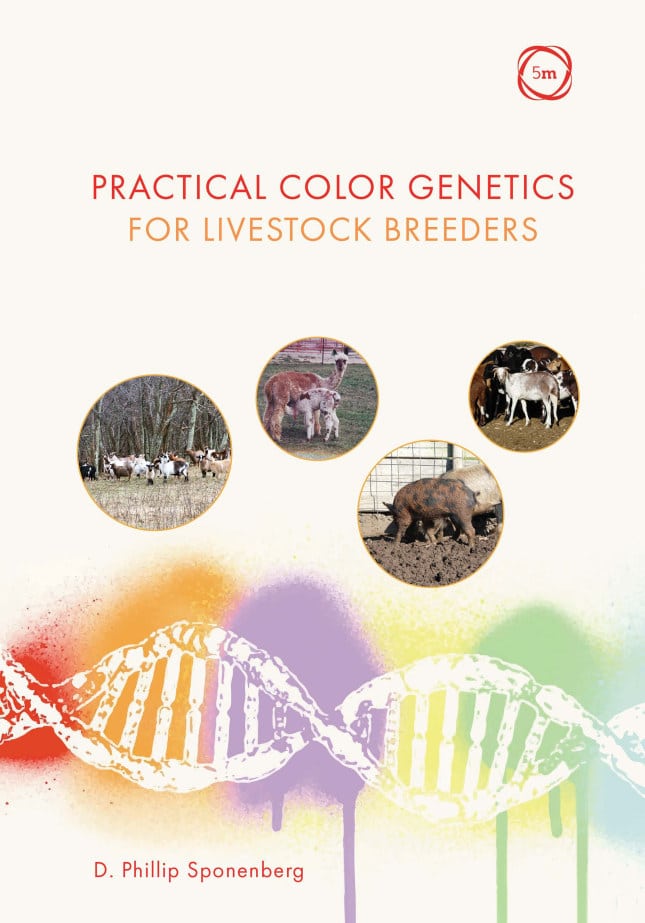
By Cathy A. Johnson-Delaney and Tracy Bennett
Manual of Clinical Procedures in Pet Birds provides easy-to-follow descriptions of a wide range of clinical techniques with step-by-step instructions for performing procedures in birds in the veterinary clinic, ranging from common techniques for surgery preparation and recovery, cardiology, anesthesia, imaging, sedation, and euthanasia. Each chapter includes a description of the procedure and the equipment needed, stepwise techniques, cautions and precautions, and references. Useful rationale/amplification sections answer ‘how’ and ‘why’ questions and provide information about some of the more common problems associated with the procedure.
High-quality color photographs illustrate the techniques, showing how to physically manage the bird, the equipment needed, and the steps of the procedure. An accompanying companion website has videos showing some of the procedures.
Features
Manual of Clinical Procedures in Pet Birds Features:
-
- Physical restraint via towels and restraint straps, as well as jugular, wing, leg, and toenail blood collection
- IM, SC, IO, IN, and IV injection techniques, feather examination for structures, parasites, microbiology and cytology
- Oral medicating as well as gavage feeding techniques
- Techniques for ophthalmic examination, tear secretion testing, corneal and conjunctival diagnostic testing, ocular pressure measurements, and topical medication administration
- Grooming of the nails and wings
- Preparations for surgery including patient preparation, monitoring equipment, and post-surgery and recovery procedures
- Emergency procedures including hemostasis
Table of Contents
- Manual Restraint of the Avian Patient
- Blood Collection
- Injection Techniques
- Oral Administration of Medications
- Dermatologic Procedures
- Ophthalmic Procedures
- Sinus Flushing and Nasal Concretion Removal
- Grooming Procedures
- Cloacal Procedures
- Surgery Preparations
- Intubation
- Gavage and Lavage
- Coelomocentesis
- Nebulization
- Egg Retention Procedures
- Cardiac Procedures
- Hemostasis
- Transfusions
- Air Sac Cannulation and Oxygen Supplementation
- CPR (Cardiopulmonary Resuscitation)
- Fluid Therapy
- Positioning for Imaging
- Euthanasia Techniques
- Analgesia, Sedation, and Anesthesia: Medications and Procedures



























![Ettinger’s Textbook of Veterinary Internal Medicine 9th Edition [PDF+Videos] Ettinger’s Textbook of Veterinary Internal Medicine 9th Edition [True PDF+Videos]](https://www.vet-ebooks.com/wp-content/uploads/2024/10/ettingers-textbook-of-veterinary-internal-medicine-9th-edition-100x70.jpg)

![Textbook of Veterinary Diagnostic Radiology 8th Edition [PDF+Videos+Quizzes] Thrall’s Textbook of Veterinary Diagnostic Radiology, 8th edition PDF](https://www.vet-ebooks.com/wp-content/uploads/2019/09/textbook-of-veterinary-diagnostic-radiology-8th-edition-100x70.jpg)





